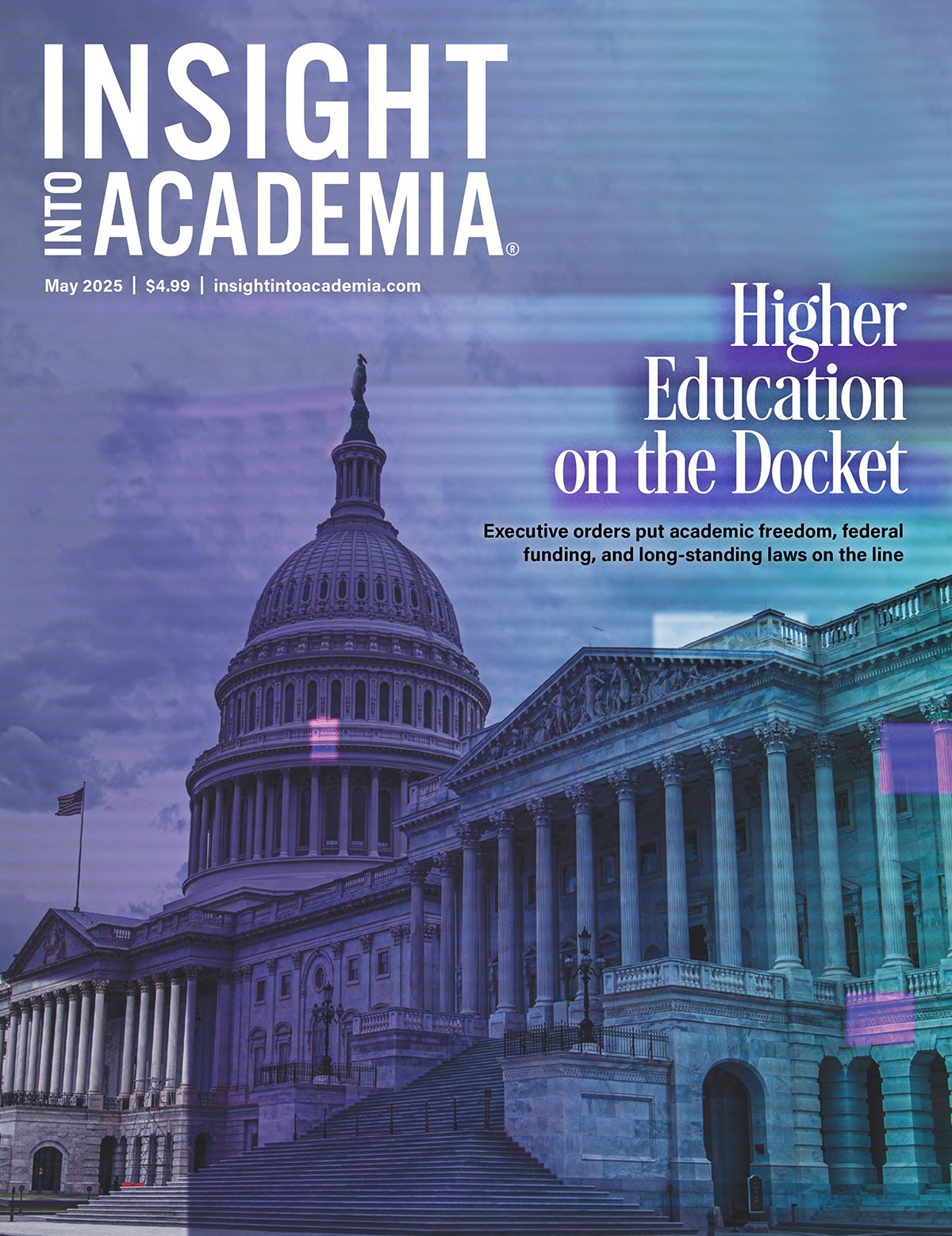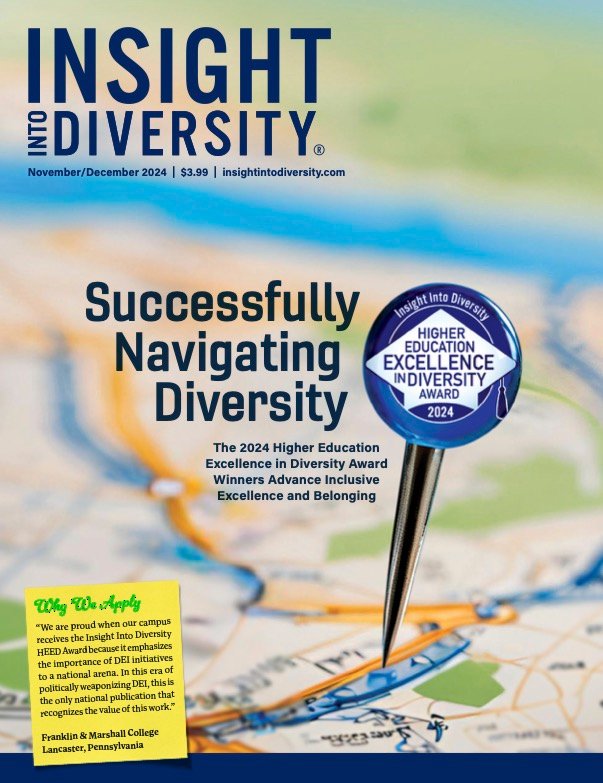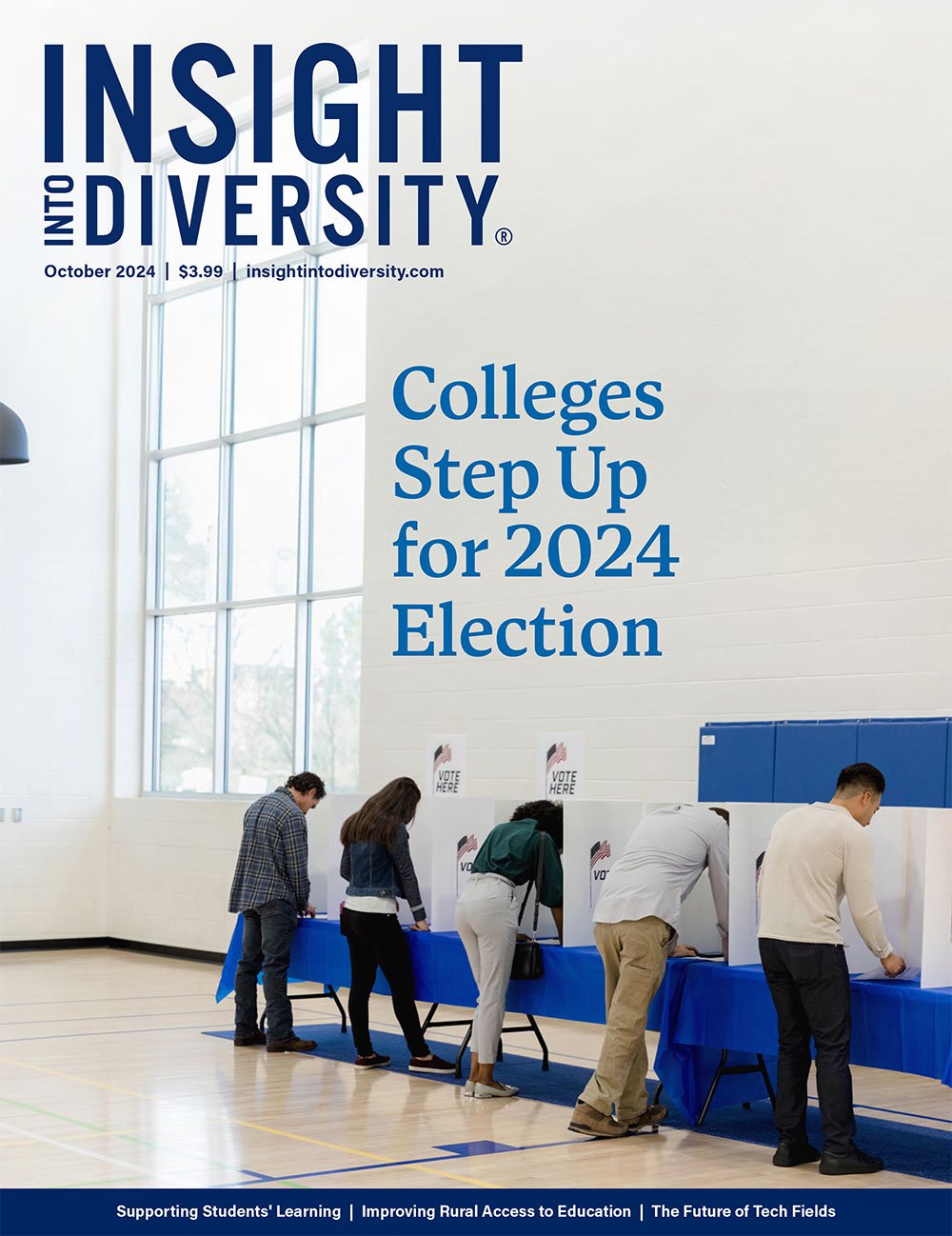Law school admissions offices are experiencing a full-blown applicant avalanche—one that’s raising eyebrows, expanding waitlists and rewriting what it means to be “competitive.” According to the Law School Admission Council (LSAC), applications to ABA-accredited law schools are up 20.5% year over year, with more than 63,000 individuals seeking entry. At Georgetown Law, 14,000 applicants are competing for just 650 seats. At the University of Michigan Law School, the flood of more than 8,900 applications marked the highest volume in the school’s 166-year history.
“When I shared the numbers with faculty,” said Michigan Law Admissions Dean Sarah Zearfoss, “the whole room gasped.”
A Perfect Storm
The legal education boom is being fueled by a volatile mix of economic anxiety, political activism, AI-driven career fears and post-affirmative action policy shifts.
Aaron Taylor, senior vice president at the AccessLex Institute, notes that strong employment outcomes for law graduates over the past five years have helped solidify a positive perception of the value of legal education. “Median salaries have broken records,” he said. “These numbers have affirmed the ‘investment’ value of legal education.”
For many students, the promise of a six-figure starting salary—now $225,000 at top corporate firms—is hard to ignore, even if only a small fraction of graduates will secure those positions.
Yet the interest isn’t just about money. According to Mike Spivey, founder of Spivey Consulting Group, the usual trifecta that pushes people toward law school—elections, economic stagnation and civic disruption—is, in his words, “on steroids right now.”
The political chaos of the 2024 election, a sluggish job market, and the nonstop churn of legal news on social media are all fueling a new wave of civic-minded applicants. Spivey also points to the President Trump’s legal entanglements as part of the phenomenon.
“With four indictments and lawsuits swirling around the president, we’re witnessing the legal system front and center,” he said. “People see instability—political, economic or legal—and they want to understand it, engage with it and shape it.”
LSAT Testing Changes
One unexpected accelerant is a change in the LSAT. Following a lawsuit by blind test-takers, the exam’s infamous “logic games” section was eliminated—a move that led to a spike in early 2024 test-takers. Many prospective students, including those who had long put off applying, jumped in before additional changes could take hold. More than 33,000 individuals registered for the November 2024 LSAT, a significant increase over the 23,798 who registered the year before.
There was also widespread concern that the U.S. Supreme Court’s decision to strike down race-conscious admissions would negatively affect the number of law school applicants from underrepresented backgrounds. But that fear didn’t materialize. In fact, applications from Black students rose by 25.8%, and applicants identifying as nonbinary increased by more than 32%.
“We were worried that the ruling would chill applications,” said Susan Krinsky, LSAC interim president. “But it appears that has not been the case.”
Instead, the ruling may have inspired more students from historically underrepresented backgrounds to enter the legal field, not fewer.
Growth Across the Map
The surge in applications isn’t limited to the nation’s most elite institutions. Regional law schools across the country are also seeing dramatic increases. Creighton University School of Law in Nebraska reported a 25% spike. Drexel and Temple Universities, both in Philadelphia, saw jumps of more than 38% and 42%, respectively. The Great Lakes, Northwest, and New England regions saw the most dramatic increases, outpacing nationwide growth trends.
What’s more, the applicants themselves are changing. Spivey reports that this year, more students are entering law school with a clear sense of purpose. “We estimate that about 90% of our clients know exactly what problem they want to fix with their degree,” he said.
Concerns for the Future
While law schools are eager to meet demand, some experts are urging restraint. Taylor points out that although current job numbers are strong, students starting law school today won’t graduate until 2028—when the job market could look very different. Some law firms are already pulling back. The National Association for Law Placement recently reported that summer associate hiring has fallen to its lowest level in more than a decade.
If law schools increase class sizes too aggressively and the job market contracts, a new cohort of graduates could be left with limited opportunities and significant debt.
“My hope is that law schools are cautious in setting enrollment targets, remaining cognizant of the risks of near-sighted optimism,” Taylor said.
Despite the risks, many law schools are viewing this surge as a rare opportunity—not just to fill seats, but to be more selective, intentional and mission-aligned.
Strategic Moves for Higher Ed
For higher education leaders, the implications are clear. The coming years will likely bring continued uncertainty, especially as the political landscape and generative AI continue to shift perceptions of career security. Regional and mid-tier institutions may benefit from the application overflow, but they’ll need to strengthen their student support infrastructures and outcomes-tracking to keep pace.
Law schools must also expand alternative career pathways, build resilience into curricular design, and think years ahead—not just cycle to cycle.
“This isn’t just a bump—it’s a recalibration of how students see the role of law in society,” Spivey said.
Long viewed as gateways to status and stability, law schools are now being reimagined as engines of civic change—and the students leading this surge aren’t just along for the ride. They’re here to steer.




















